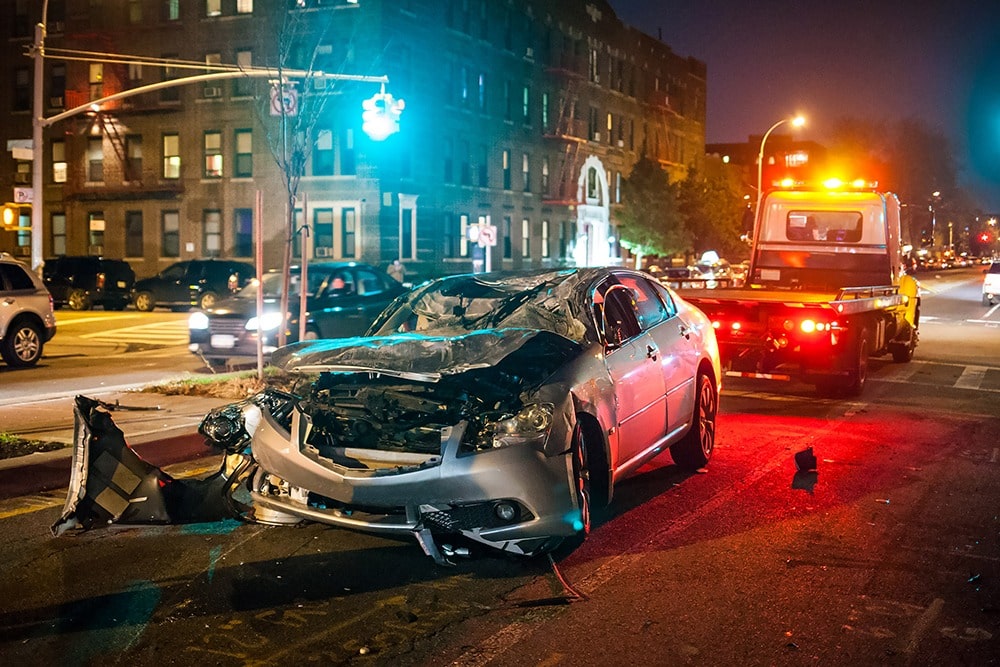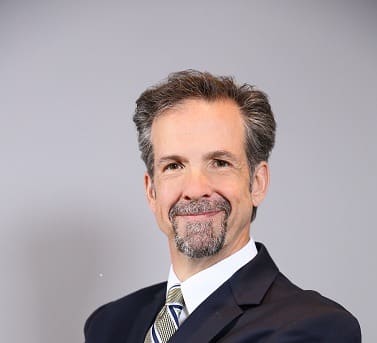The Path To Obtaining Financial Compensation In The Aftermath Of A Baltimore Automobile Accident: Phase III

In articles I and II in this series, I’ve explored what should happen in the immediate wake of an accident or personal injury-causing event. This culminating entry details the final phase when a personal injury “claim” evolves into a personal injury case [i.e. a lawsuit].
Baltimore Personal Injury claim, Phase III: Litigation.
Where an insurance company has denied all responsibility for a claim outright or has made a singular, or a series of unrealistic and unacceptably low settlement offers, I file a lawsuit. The endgame here is a trial, where responsibility and compensation will be determined. In this scenario, the filing and prosecution of a lawsuit in the court of the appropriate jurisdiction is the only next step that must be taken on the road to making the injured individual whole and complete in light of their injuries. I suggest only a seasoned and experienced personal injury attorney has the training, background and experience necessary to successfully complete such cases. It’s a significant move forward as the personal injury lawyer has agreed to advance the costs of litigation. Commencing litigation also changes the fee structure in the retainer agreement.
Litigation involves, initially, the filing of legal documents with the court, which will in turn issue official court process, that is then served on the at-fault individual themselves. Ultimately that person’s insurance company will become involved in the lawsuit and either retain or refer the matter to counsel of their choosing. Let me say at this juncture, many insurance companies in Baltimore, and certainly GEICO, State Farm, Allstate, Liberty Mutual, and Nationwide all utilize what is known as the “in-house counsel” model. In other words, the attorney is- although they nominally work in a separately named law firm- actually an employee of the insurance company itself. The attorneys employed by the major insurance companies in Maryland are typically skilled and outstanding lawyers, as well as ferocious litigators and adversaries in court proceedings.
After the lawsuit is commenced- depending on the court in which the claim is filed, a sometimes lengthy process will commence. The flow of cases differs depending on the court in which a case is filed. A district court case has fewer steps in the process to a personal injury financial recovery. A state court circuit court case has more steps in the process to compensation for injury, but the endpoint, no matter the court system or the process, is a trial. At trial, a group of jurors, or a district court judge, would be asked to decide who is responsible for the injury-causing event, and what should be done about it. In other words what “damages” are appropriate. The concept of “damage” generally is a legal term for money awarded to compensate someone for their losses. In a Baltimore personal injury trial, a court will consider both economic losses- that is to say, things such as the payment of medical expenses, as well as the recovery of lost wages and out-of-pocket expenditures. The court will also consider noneconomic damages. This is a concept individuals sometimes, or perhaps, even frequently colloquially call “pain and suffering”. Certainly, the effective attorney will argue that concept, and although the components of such a claim or myriad, certainly any emotional or physical turmoil, distress, consternation or difficulty encountered in the wake of a serious Baltimore personal injury-causing event must be considered by a jury to fully compensate the victim of injury.



